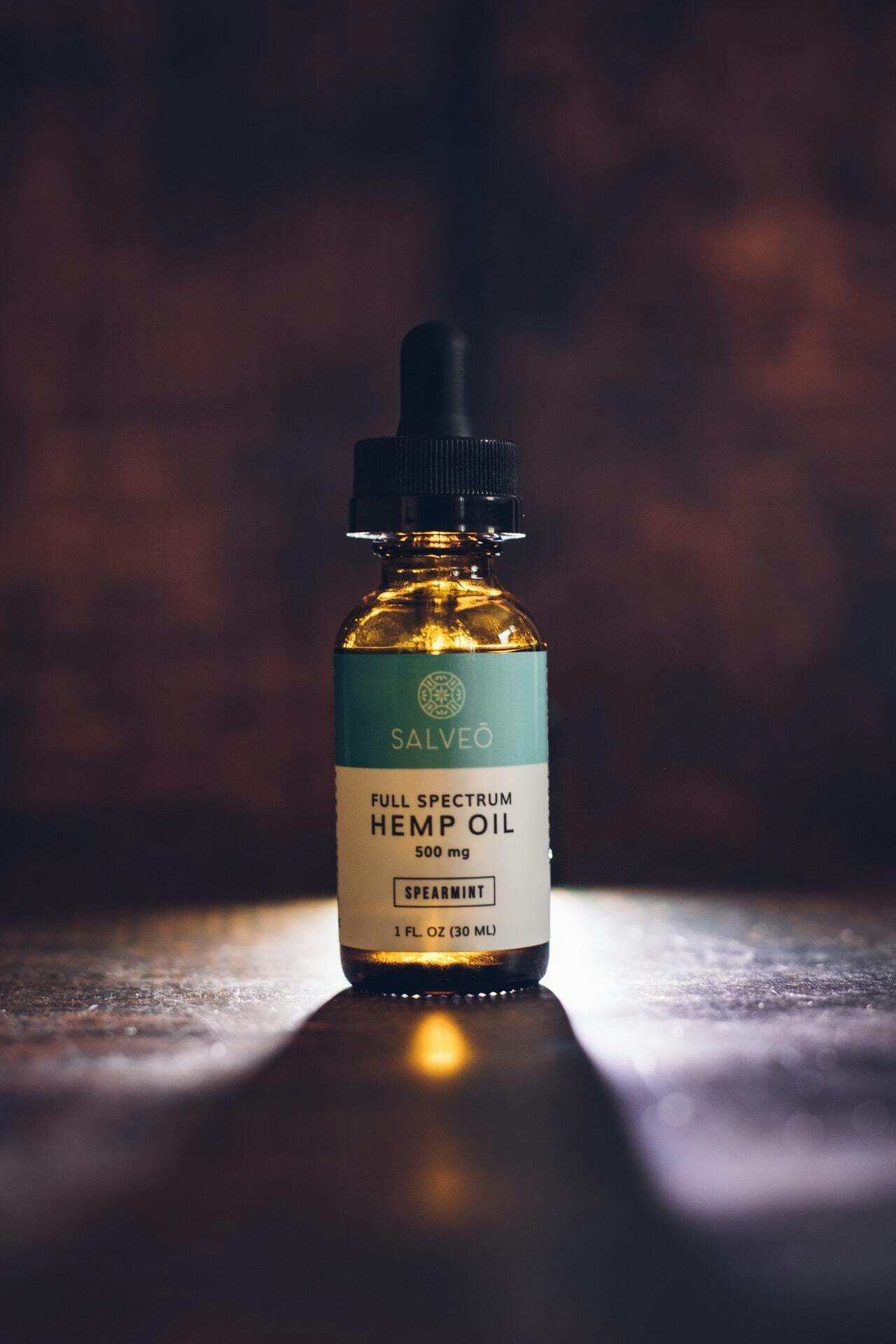Hemp could be a cash crop for Wyoming growers in coming years, but seeds can’t be sown until the U.S. Department of Agriculture signs off on the state’s regulatory program.
“We have not heard much back from the USDA,” said Stacia Berry, Wyoming Department of Agriculture (WDA) deputy director. “They anticipate having their rules out this fall.”
Hemp was legalized in 2018 after President Donald Trump signed the 2018 Farm Bill, which allows ag producers to grow hemp as long as the plants contain no more than 0.3 percent tetrahydrocannabinol (THC), the primary psychoactive ingredient in marijuana.
In February, the Wyoming Legislature approved legislation removing hemp products from regulation by the Wyoming Controlled Substances Act, giving rule-making authority to the WDA and requiring the department to submit a state plan for the regulation of hemp to the USDA.
The WDA plan was submitted to the USDA in April.
Regulating hemp
Hemp is marijuana with a THC level lower than 0.3 percent and is grown for three primary products: Cannabidoil (CBD), seeds and grains.
“(THC) is a genetic trait that you select for,” Berry said. “One of the things that can be a little tricky is, like any crop, it can change a little under stress, like heat or water stress.”
The WDA’s analytical services lab in Laramie will be tasked with testing hemp crops before harvest to ensure the plants have not crossed the allowable THC threshold, she said.
“We will have inspectors that go to the different farms and do testing, collect samples, then return those samples to the lab,” Berry explained.
Additionally, she said her department will work closely with law enforcement agencies to ensure the regulatory guidelines are followed.
The discussion about how to appropriately regulate hemp began about five years ago.
“We have worked extensively with other states’ departments of agriculture,” Berry said. “Especially in regards to understanding their approach to regulation: What has worked for them, what hasn’t worked.” The WDA gained significant insight from the Colorado and Kentucky licensing and testing protocols.
“Those are two of your highest-producing hemp states,” Berry explained.
Processing and education
Ag plays a major role in economic development throughout the Bighorn Basin, so Christine Bekes, executive director of the Powell Economic Partnership, has spent the last year cultivating relationships with potential partners in the hemp industry.
“There’s 25,000 to 50,000 products that can be made with hemp,” Bekes said. “Right now, most of the processors are looking at the CBD oil extraction.”
The biggest challenge for growers in the coming years is finding partners on the processing side, she said.
“Our growers can grow anything, but if we can’t get it to market, it doesn’t do us any good,” Berry said. “I would caution any grower not to grow hemp without a contract.”
Once the USDA approves the regulatory program, processors can cement plans for building facilities to accommodate the predicted influx of hemp in 2020. Until then, Bekes said it’s important to bring as many partners as possible to the discussion table.
“The biggest component is education,” she explained. “If people are considering hemp as an opportunity, whether it’s growing, processing or end products, I would really emphasize education, awareness and communication.”
The Wyoming Hemp Association, www.wyhemp.org, could be an information source for interested parties in the future, along with the WDA and University of Wyoming.
Jim Heitholt, director of the UW Powell Research and Extension Center Agricultural Experiment Station, confirmed his staff would conduct basic studies about the the viability of hemp crops in the Bighorn Basin once the USDA approved the WDA plan. As the new year draws near, both Bekes and the WDA said they’ve seen increased interest in hemp from around the state, but so far, it’s been a waiting game.
“Right now, we’re all preparing for it to be in the ground in 2020,” Bekes said. “In the meantime, the Wyoming Hemp Association has reviewed the WDA plan and engaged in conversations with the WDA and law enforcement. Growers and processors continue to work in the background.”





